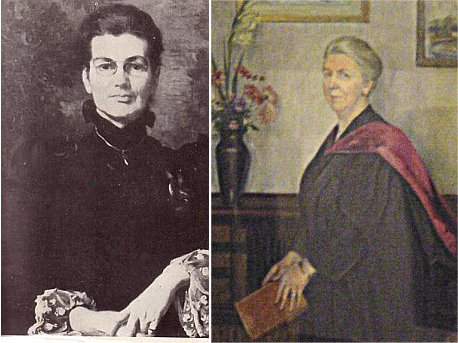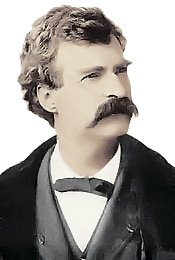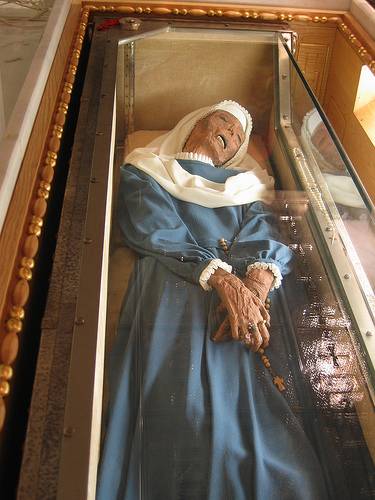In Curiosities of Human Nature (1852), Samuel Griswold Goodrich records that the duke of Argyle discovered a Latin copy of Newton’s Principia on the grass one day during a walk on his grounds. The book was claimed by Edmund Stone, the 18-year-old son of a gardener, and the astonished duke discovered that the young man was conversant with geometry, Latin, and Newton.
Argyle asked how he had come to know these things, and the youth replied that a servant had taught him to read 10 years earlier, and that he had taught himself arithmetic and geometry from textbooks, and Latin and French from dictionaries.
“It seems to me,” he said, “that we may learn everything when we know the 26 letters of the alphabet.”



